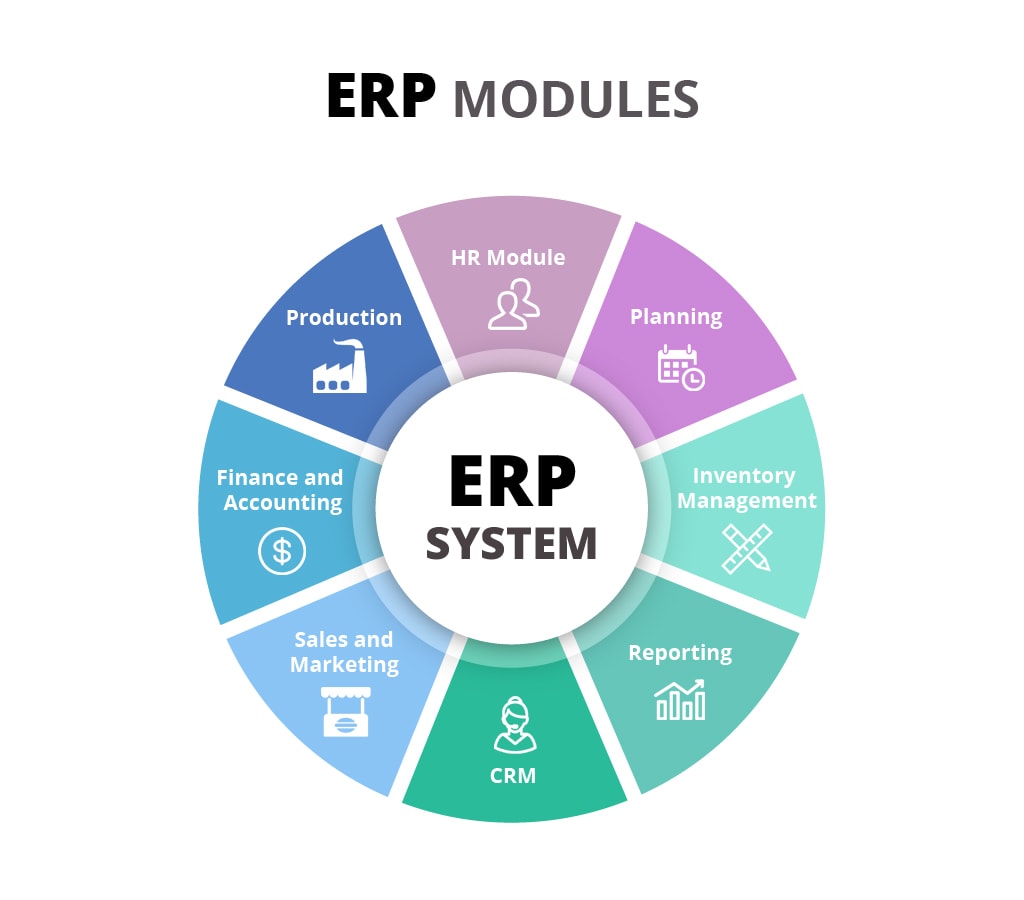How much does it cost to develop an erp? practical example
What is an Enterprise Resource Planning (ERP) System?
Have you ever wondered how businesses manage their complex operations efficiently? Well, one solution that has revolutionized the way companies operate is an Enterprise Resource Planning (ERP) system. An ERP system is a comprehensive software tool that integrates multiple functions within an organization to streamline operations, enhance communication, and improve productivity.
The primary goal of an ERP system is to provide real-time, accurate, and relevant information to different departments of a company. It combines various modules such as finance, human resources, inventory, production, sales, and more into a unified system. This integration enables seamless data flow and collaboration across departments, eliminating data silos and enabling better decision-making.
With an ERP system in place, businesses can automate and optimize their core processes, resulting in increased efficiency and reduced operational costs. By centralizing data and eliminating redundant tasks, employees can focus on more value-adding activities, leading to enhanced productivity and customer satisfaction.
How Much Does It Cost to Develop an ERP? Practical Example

Developing an ERP system is a significant investment for any business. The cost involved depends on various factors such as the scope of functionalities, customization requirements, and implementation complexity. Let's consider a practical example to understand the cost dynamics.
Suppose a manufacturing company wants to develop a custom ERP system to streamline its operations. The system needs to include modules for inventory management, production planning, sales, and finance. Additionally, they want to integrate the ERP with their existing CRM system and implement a user-friendly interface.
The development cost for such a system can range from $100,000 to $500,000. This wide variation in cost is primarily due to the complexity of customization, scalability requirements, and integration challenges. Since each business has unique needs, it is essential to assess and prioritize the functionalities required to determine an accurate cost estimate.
Recipe: Implementing an Effective ERP System
Now that we understand the importance and cost aspects of an ERP system, let's explore the recipe for implementing one successfully.
Ingredients
- A robust ERP software solution
- Thorough understanding of business processes
- Effective change management strategy
- Expertise in system integration
- Well-defined implementation plan
- Dedicated project team
Instructions
- Define your business objectives and requirements to select the most suitable ERP system.
- Identify and document all existing business processes to ensure seamless integration.
- Engage stakeholders and employees by communicating the benefits of the ERP system.
- Develop a comprehensive implementation plan with clear timelines and milestones.
- Ensure proper training and support for employees to maximize system adoption.
- Regularly evaluate and fine-tune the ERP system to align with evolving business needs.
- Maintain strong vendor relationships for ongoing support and system upgrades.
Implementing an ERP system is a journey that requires careful planning, effective communication, and continuous improvement. By following this recipe, businesses can harness the full potential of an ERP system and transform their operations.
In conclusion, an ERP system acts as a backbone for businesses by integrating various processes, enhancing collaboration, and improving efficiency. While the cost of developing an ERP system can vary, it is essential to focus on identifying the right functionalities and ensuring successful implementation. By following best practices and leveraging expert knowledge, businesses can leverage the power of an ERP system to thrive in today's competitive market.